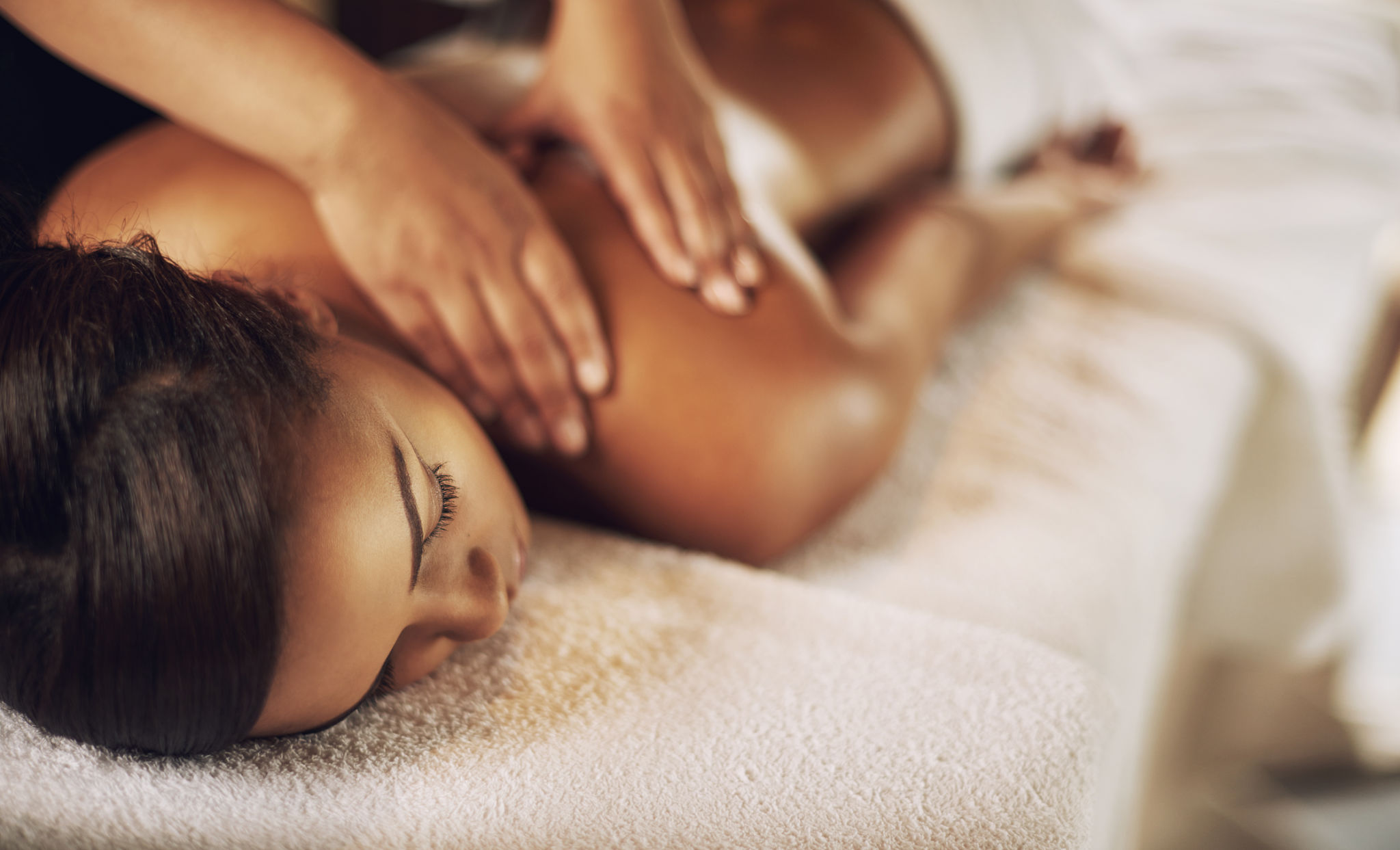Exploring Fascia Release Techniques for Anti-Aging: A Holistic Approach
Understanding Fascia and Its Role in Aging
The fascia is a sheet of connective tissue that envelops muscles, bones, and organs, playing a crucial role in maintaining the body’s structure and function. Over time, this connective tissue can become tight or restricted, contributing to signs of aging like stiffness, decreased mobility, and even the appearance of wrinkles. This is where fascia release techniques come into play.
Fascia release involves methods aimed at loosening these connective tissues to improve blood flow and elasticity, which can, in turn, enhance overall well-being and potentially slow down some aging processes. By incorporating fascia release techniques into your wellness routine, you may find improvements not only in your physical health but also in the appearance of your skin.

The Science Behind Fascia Release
Fascia is composed primarily of collagen and elastin fibers, which can become less pliable as we age. Research suggests that maintaining the health and flexibility of fascia can support better posture, reduce chronic pain, and even promote a more youthful appearance. This is due to increased circulation and nutrient delivery to the skin and muscles.
When fascia is tight, it can restrict movement and create tension throughout the body. Techniques such as myofascial release help to relax these tissues, allowing for greater flexibility and improved circulation.
Benefits of Fascia Release Techniques
- Enhanced blood circulation
- Improved skin elasticity
- Reduced muscle tension
- Increased range of motion

Popular Fascia Release Techniques
Several techniques can be employed to achieve fascia release, ranging from self-care practices to professional therapies. One popular method is foam rolling, which involves using a foam roller to apply pressure to various parts of the body. This can help to break down fascial restrictions and improve flexibility.
Another effective approach is myofascial release therapy, often performed by trained therapists who use their hands to apply gentle pressure on the fascia until it releases tension. Additionally, stretching exercises specifically designed to target the fascia can be easily incorporated into daily routines to maintain its elasticity.

Integrating Fascia Release into Your Anti-Aging Routine
To effectively integrate fascia release into your anti-aging regimen, begin by setting aside time each week for dedicated practice. Consider starting with a foam rolling routine post-workout or during your evening wind-down. Consistency is key; regular practice can lead to more pronounced benefits over time.
For those interested in exploring professional options, seeking out a certified myofascial therapist could be beneficial. They can provide personalized sessions tailored to your specific needs, ensuring optimal results.
A Holistic Approach to Aging Gracefully
Taking care of your fascia is just one part of a holistic approach to aging gracefully. Combine fascia release techniques with a balanced diet, regular exercise, and adequate hydration for comprehensive wellness. Embrace mindfulness practices such as yoga or meditation to support both mental and physical health.
By addressing the health of your fascia alongside other lifestyle factors, you create a more integrated approach to your well-being that can help you look and feel your best at any age.

Conclusion
Exploring fascia release techniques offers a promising avenue for those seeking a holistic approach to anti-aging. With benefits ranging from improved mobility to enhanced skin appearance, these practices are worth considering as part of your overall wellness strategy. As always, consult with healthcare professionals before starting any new health regimen to ensure it aligns with your personal needs and goals.